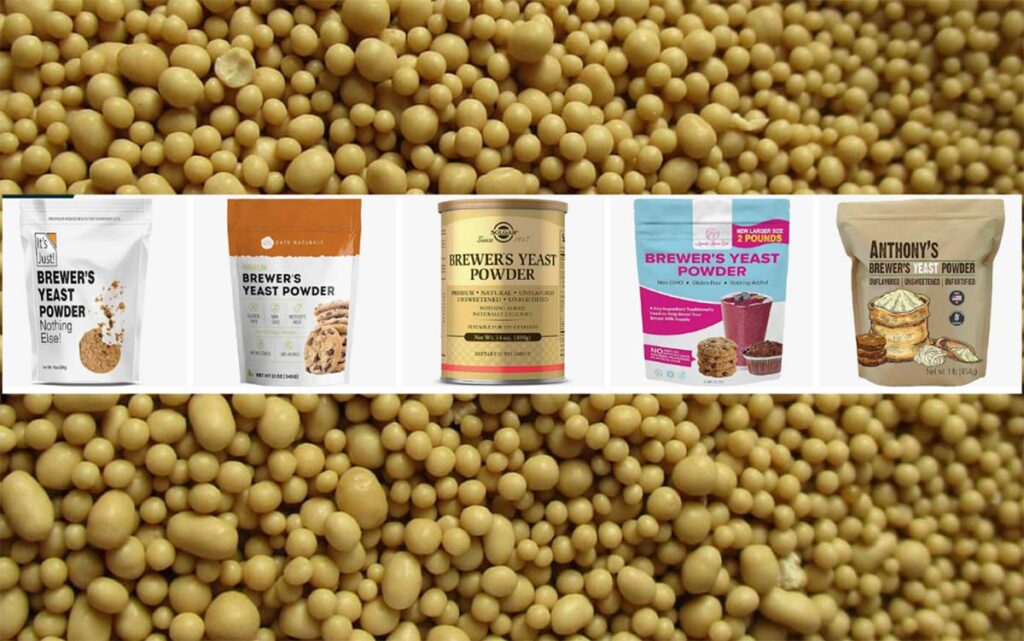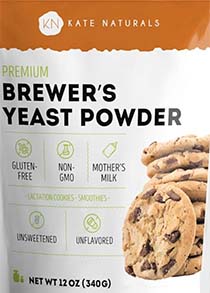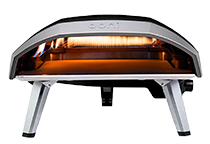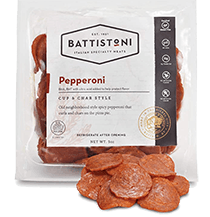We have written about yeast before. We looked at the most popular types of yeast: active, rapid rise, instant, and cake yeast. But now we want to take a look at brewer’s yeast. Brewers yeast isn’t always included in the yeast roundup articles, especially with baked goods like pizza, because it has a slightly bitter taste that many don’t like.
Brewer’s yeast is used in brewing beer. And while we love an ice-cold beer with pizza, we have never tried using brewer’s yeast to make pizza. We thought that since yeast is yeast, it should be able to make the dough rise, and with a curious mind and open heart, we decided to see the difference brewer’s yeast makes in homemade pizza.
Of course, you can make no-yeast pizza just like you can make bread and other baked goods without yeast. But brewer’s yeast is new territory. But don’t get it confused with nutritional yeast, which is a deactivated yeast. Nutritional yeast is a yellow powder or flakes and is used as a substitute for cheese.
It’s commonly sprinkled on top of popcorn, pizza, and pretty much anything that you want to have a nutty flavor reminiscent of Parmesano Reggiano. But, unlike non-activated nutritional yeast, brewer’s yeast is activated and will make a dough rise, but the flavor keeps it from being used. But what if some people like the taste?
Let’s dive in and explore brewer’s yeast on homemade pizza. We will look at texture, flavor, and rise.
Key Takeaways:
- Brewer’s yeast is a type of yeast commonly used in beer brewing and bread making. It has a bitter, unpleasant taste and is a probiotic that can aid digestion. It is also a nutritional powerhouse, rich in iron, zinc, magnesium, protein, and B vitamins.
- Brewer’s yeast can be used in homemade pizza dough to create a crispy crust with a subtle nutty flavor. It can be a good alternative to traditional dry active yeast, but it has a stronger flavor that some people may not enjoy.
- Brewer’s yeast can also be used as a seasoning salt for added umami intensity. However, it’s important to note that some people may experience bloating and stomach issues with too much yeast, and those with certain health conditions should avoid it. Always talk to your doctor before adding anything new to your diet.
Table of Contents

What is Brewer’s Yeast?
Brewer’s yeast (saccharomyces cerevisiae) is a type of yeast commonly used in beer brewing and bread making. It is a one-celled fungus and has a bitter, unpleasant taste. It also can be used as a food additive or supplement.
Brewer’s yeast is mainly known for making beer, and there are two types: one is for making ale and the other for lager. Ale yeasts are referred to as top-fermenting yeasts and need warm temperatures to do their magic. While lager yeasts are called bottom-fermenting yeasts and work best in cooler temperatures and are slower in activating.
How to Use Brewer’s Yeast for Health
As a supplement, some people take brewer’s yeast for high cholesterol, the flu, and diarrhea. It is a probiotic and commonly used to aid digestion. Some women who are breastfeeding swear by brewer’s yeast to increase their milk supply, and it is a common ingredient in lactation cookies.
As a food, brewer’s yeast is used like a seasoning salt for added umami intensity. Some chefs mix it with mayo for a richer taste. Although the taste can be too much for some, others appreciate the salty umami. When compared to nutritional yeast, brewer’s yeast has a much stronger flavor than the mild, nutty nutritional yeast.
According to Healthline, brewer’s yeast is rich in nutritional value with iron, zinc, magnesium, chromium, selenium, protein, and potassium. Plus, it is brimming with B vitamins like thiamine, riboflavin, niacin, folic acid, and biotin. We had no idea that it was such a nutritional powerhouse.
Of course, there are some negatives, and yeast isn’t great for everybody. Some people will experience bloating and stomach issues with too much yeast. Some people should avoid yeast altogether if they have diabetes, a weak immune system, chronic yeast infections, and allergies.
We are not doctors and are only looking at brewer’s yeast for pizza making. But it’s impossible to talk about this type of yeast without mentioning how it’s used as a dietary supplement too. Always talk to your doctor before adding anything new to your diet, especially if you have a sensitive tummy.

The Difference Brewer’s Yeast Makes in Homemade Pizza
We used brewer’s yeast instead of the dry active yeast that we usually use in our homemade pizza dough. We used our standard dough recipe and swapped out the yeasts.
- 1 ½ cup Warm water around 105-110º F
- 1 Tbsp. Sugar
- 1 Tbsp. Olive oil
- ¾ teaspoon Dry active yeast
- 1 Tsp. Salt
- 4 ½ c. 00 Flour
We swapped the ¾ teaspoon of active yeast for two teaspoons of brewer’s yeast. Once the dough was mixed, we let it rise on the counter in the kitchen for two hours. After the first rise, we punched it down, refolded it, and made two balls. We put each ball in dough proofer and left one in the refrigerator for twenty-four hours and the other for forty-eight hours.
First, we made a pizza with the twenty-four-hour second-rise dough ball. We removed it from the fridge and left it on the counter for one hour. Then, we stretched it and made a simple cheese pizza. We wanted to test the dough flavor and keep it simple. The dough had developed a good amount of gluten and was nice and stretchy. It had some crumb, but not too much. The flavor was robust but definitely not bitter and overwhelming.
The next day, we followed the same process. The dough was stretchy and had a slightly more yeasty odor. The pizza came out with a nice crumb and a savory umami flavor.
Overall, both pizzas were good. But, this experiment was far from scientific, and we will be trying this again when we have some more testers a.k.a. friends and family come over to help us taste-test the differences.
We plan on visiting our local beer brewing store to check out the top fermenting and bottom fermenting varieties and experiment more with the difference brewer’s yeast makes in homemade pizza.
If you are interested in learning more about brewer’s yeast, check out these two books.
Yeast: The Practical Guide to Beer Fermentation (Brewing Elements)
Brewing and baking with wild yeasts: adventures in traditional fermentation
Have you tried brewer’s yeast? Have you noticed the difference brewer’s yeast makes in homemade pizza?
Frequently Asked Questions
What is brewer’s yeast?
Brewer’s yeast is a type of yeast commonly used in beer brewing and bread making. It has a bitter, unpleasant taste and is a probiotic that can aid digestion. It is also a nutritional powerhouse, rich in iron, zinc, magnesium, protein, and B vitamins.
Can brewer’s yeast be used in homemade pizza dough?
Yes, brewer’s yeast can be used in homemade pizza dough to create a crispy crust with a subtle nutty flavor. It can be a good alternative to traditional dry active yeast, but it has a stronger flavor that some people may not enjoy.
What are the health benefits of brewers yeast?
Brewer’s yeast is rich in nutritional value with iron, zinc, magnesium, chromium, selenium, protein, and potassium. Plus, it is brimming with B vitamins like thiamine, riboflavin, niacin, folic acid, and biotin. It can also be used as a supplement to aid digestion and increase milk supply for breastfeeding women.
Are there any negatives to consuming brewer’s yeast?
Some people may experience bloating and stomach issues with too much yeast. Some people should avoid yeast altogether if they have diabetes, a weak immune system, chronic yeast infections, and allergies.
How can brewer’s yeast be used as a food additive?
Brewer’s yeast can be used like a seasoning salt for added umami intensity. Some chefs mix it with mayo for a richer taste. However, the taste can be too much for some, and it has a much stronger flavor than the mild, nutty nutritional yeast.













